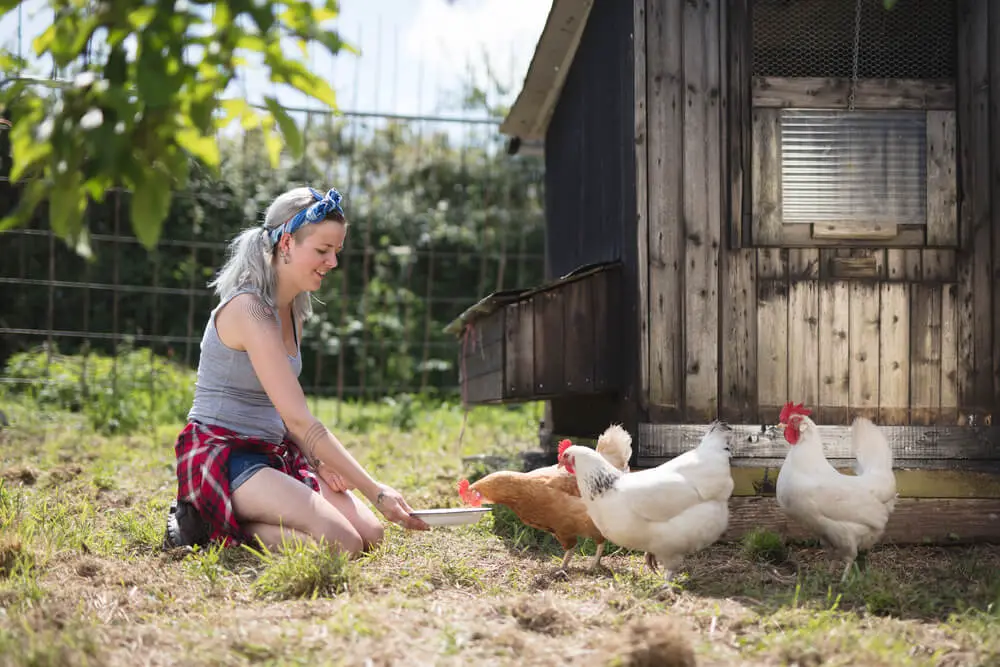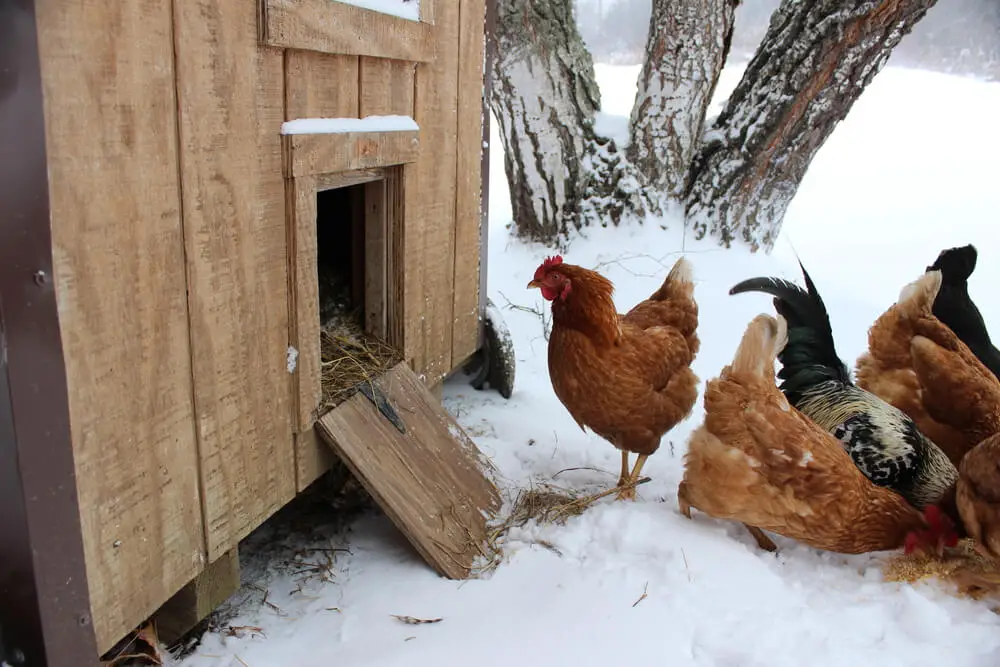As winter approaches, it’s essential for backyard chicken keepers to prepare their coops for colder temperatures. Winterizing your chicken coop is crucial to ensure the well-being and comfort of your feathered friends during the colder months. This article will guide you through the necessary steps to winterize your chicken coop, helping your flock stay warm, healthy, and happy throughout the winter season.
- Evaluate the Coop Structure: Begin by inspecting the structural integrity of your chicken coop. Check for any drafts, leaks, or holes that could allow cold air to seep in. Seal any gaps with weatherstripping, caulking, or insulation to create a more airtight environment. Ensure that windows and doors close securely.
- Insulation: Proper insulation is key to maintaining a warm coop. Consider adding insulation to the walls and ceiling to help retain heat. Common insulation materials include fiberglass, foam board, or recycled denim insulation. Insulating the coop not only keeps it warmer but also helps regulate temperature fluctuations.
- Ventilation: While insulation is important, so is proper ventilation. Ensure there is enough ventilation to prevent moisture buildup, which can lead to respiratory issues in chickens. Install vents high up on the walls to allow moist air to escape without causing drafts at ground level.
- Deep Litter Method: Adopt the deep litter method to provide additional warmth. Layer the floor of the coop with a combination of straw, hay, and wood shavings. As the chickens scratch and peck, the bedding will generate heat through the decomposition process, creating a cozy environment.
- Heated Watering Systems: It’s essential to prevent water from freezing. Invest in a heated water dispenser to ensure your chickens have access to liquid water throughout the winter. Alternatively, you can manually refill water containers more frequently or use heated bowls.
- Roosts and Nesting Boxes: Make sure roosts are wide enough for chickens to comfortably sit on, allowing them to cover their feet with their feathers for added warmth. Ensure nesting boxes are well-insulated and provide extra bedding to keep eggs from freezing.
- Lighting: Chickens’ egg production tends to decrease in winter due to shorter daylight hours. Consider adding artificial lighting on a timer to simulate longer days, encouraging consistent egg production.
- Cold-Weather Feeding: Adjust your chickens’ diet to accommodate the colder temperatures. Provide extra nutrients, such as cracked corn, sunflower seeds, and mealworms, to help boost their energy and maintain body heat.
- Secure Perimeter: Before winter arrives, inspect the coop’s perimeter and reinforce it to keep predators out. Hungry predators may be more desperate for food during the winter, making it crucial to have a secure coop.
- Regular Monitoring: Finally, regularly monitor your chickens during the winter season. Check for signs of illness, frostbite, or stress. Make adjustments to bedding, insulation, and feeding as needed.
Conclusion:
Winterizing your chicken coop is a crucial aspect of responsible backyard chicken keeping. By taking the time to insulate, ventilate, and provide extra care during the colder months, you can ensure your flock remains healthy, happy, and productive throughout winter. With these steps, you’ll create a cozy haven for your feathered friends, making winter a more comfortable season for both you and your chickens.

Shannon Stansberry has been engaged in the business of raising chickens for more than 12 years. In 2016, she accomplished the Agriculture & Natural Resources program at Mt. San Antonio College. At present, she tends to more than 80 chickens on her 4-hectare farm. Shannon regularly shares her insights and experience on how to raise healthy and contented chickens on the platform Typesofchickens.com

